Trellance Cooperative Holdings
Helping Your Credit Union Grow
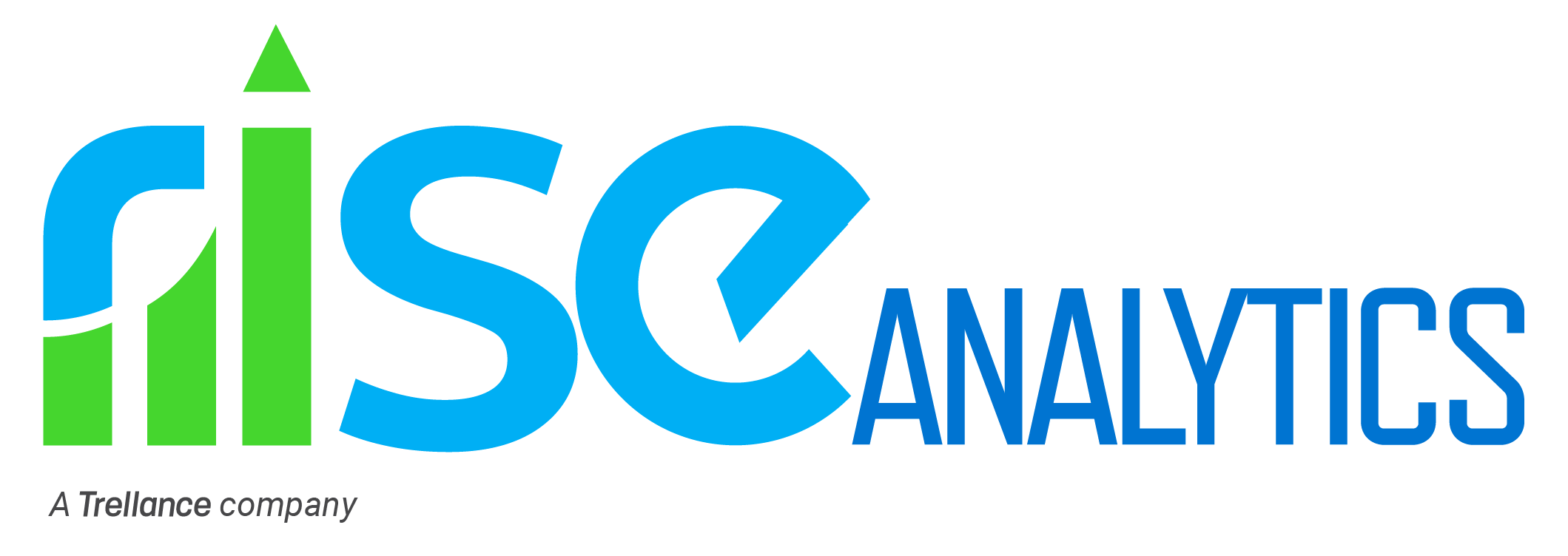
As a dedicated partner to the credit union movement, Rise Analytics provides complete, reliable and flexible data analytics solutions designed to provide outstanding member services and fuel credit union growth.

CUDX enables credit unions to unlock the power of secure and collaborative data insights, fostering smarter decision-making and delivering exceptional value to members.
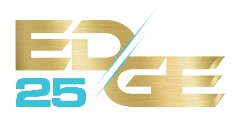
The EDGE Tech Conference enables organizations to navigate and thrive in a rapidly evolving digital world by bridging the gap between technology and innovation.
Solving a diverse set of challenges for credit unions of all sizes for over 30 years.
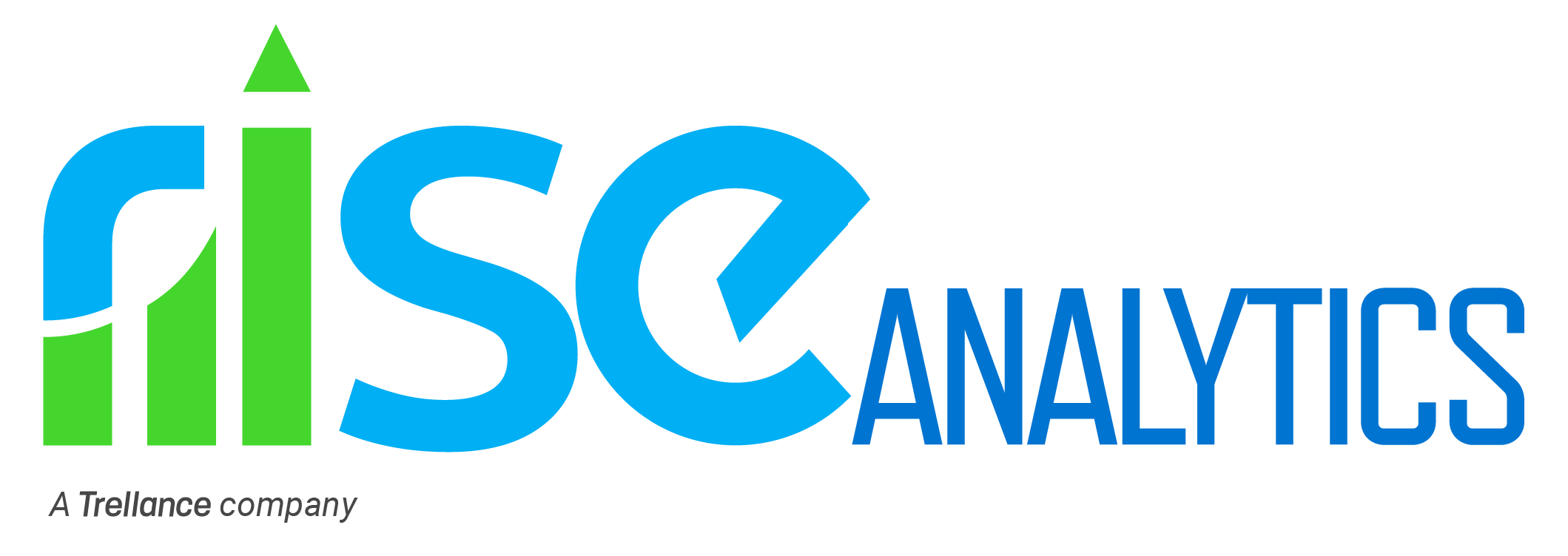
Analytics
With Rise Analytics, your credit union can uncover actionable insights from the wealth of data you already have, enabling you to better understand your members and proactively provide them with products and services.

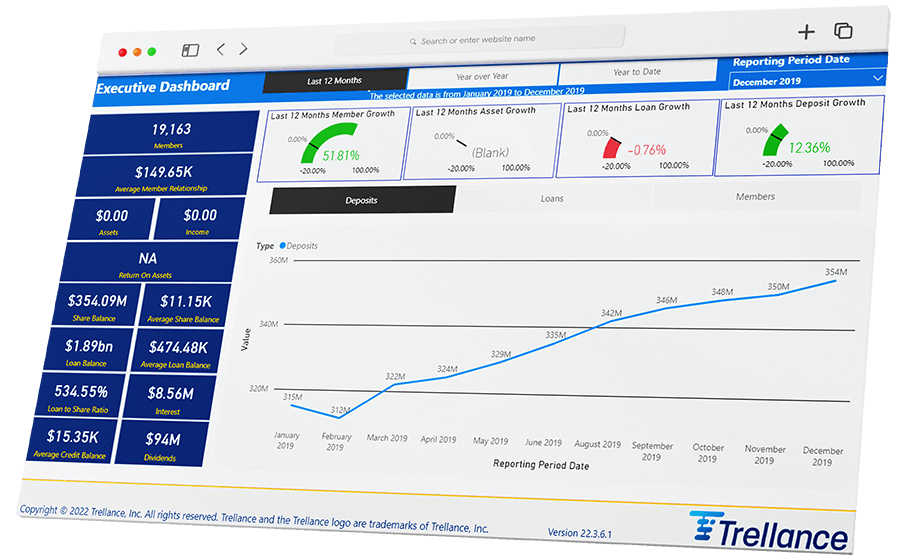
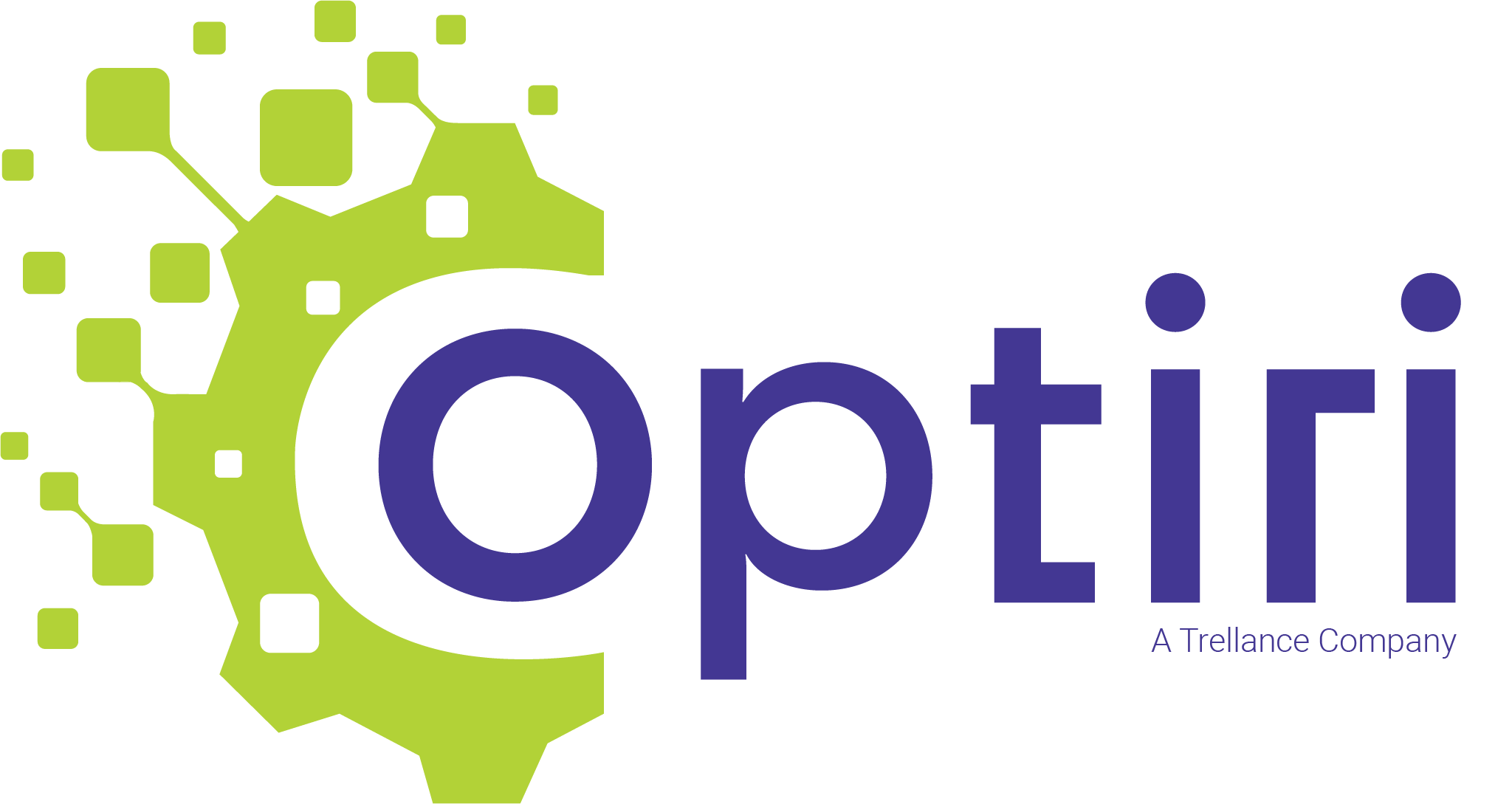
Cloud
Optiri can meet your credit union’s cloud and security needs through it’s virtual CISO, Disaster Recovery, Business Continuity and other key solutions.

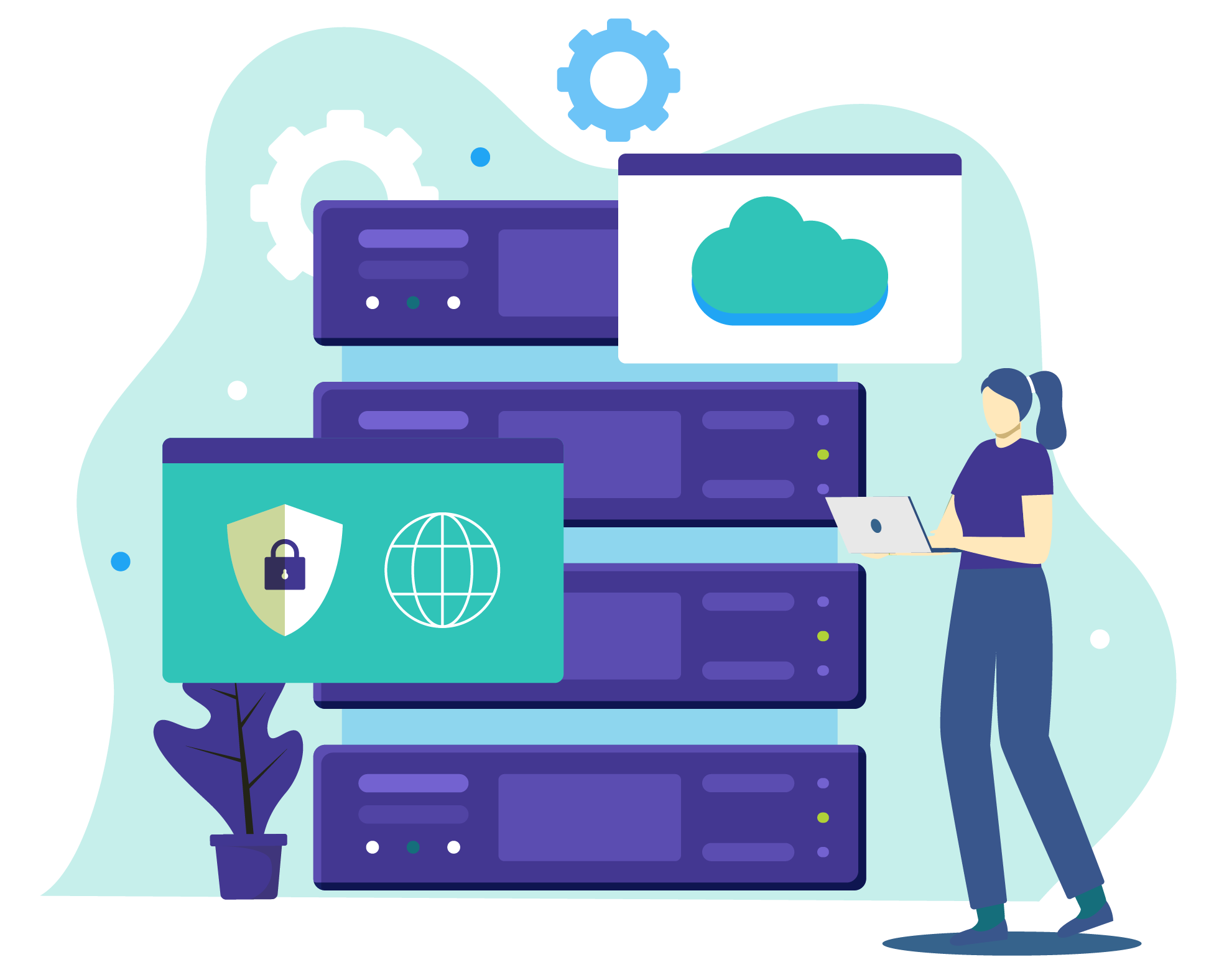

Talent
The experts at ProBridge are ready and waiting to help your credit union resolve problems and create new solutions through their Staff Augmentation and Professional Services solutions.


Data
The Credit Union Data Exchange (CUDX) gives your credit union access to a data pool of over 4 million credit union members, powering your analytics and generating powerful insights.

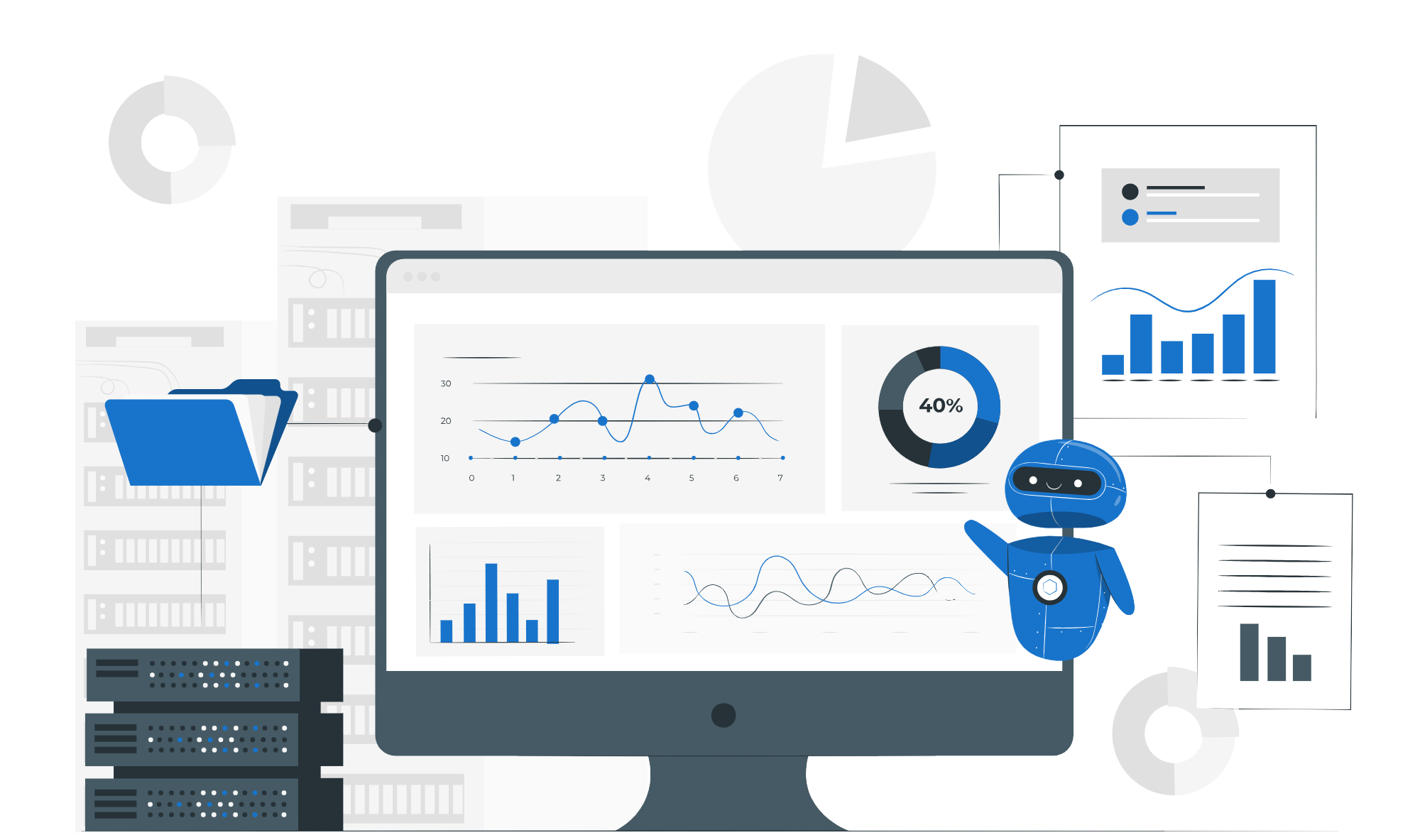

Community
The EDGE Tech Conference is an annual conference that brings credit union and tech industry professionals together to create the future of the credit union industry.


The Trellance Difference
About us
Why Choose Us?
Credit Union Expertise
We understand the complexity of meeting the ever-evolving expectations of the modern digital member.
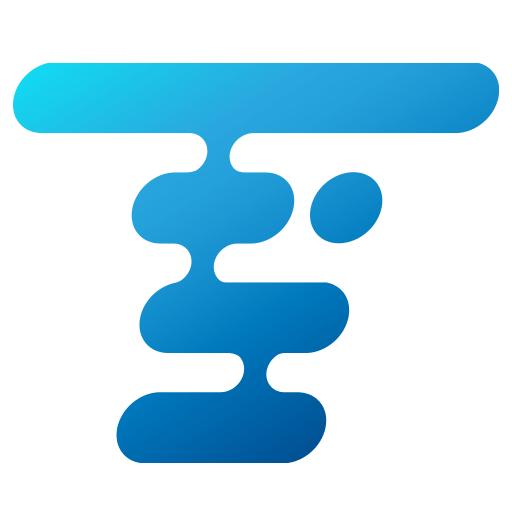
Dedicated to Data Quality
Our solutions are designed for rapid deployment, fast ROI and reduced TCO by leveraging the benefit and scale of modern cloud technologies.
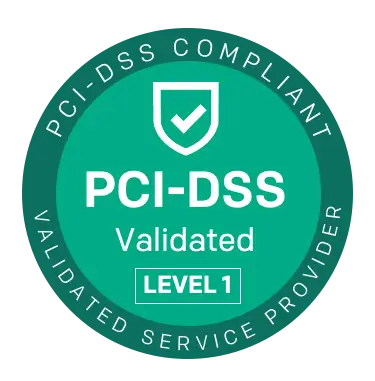
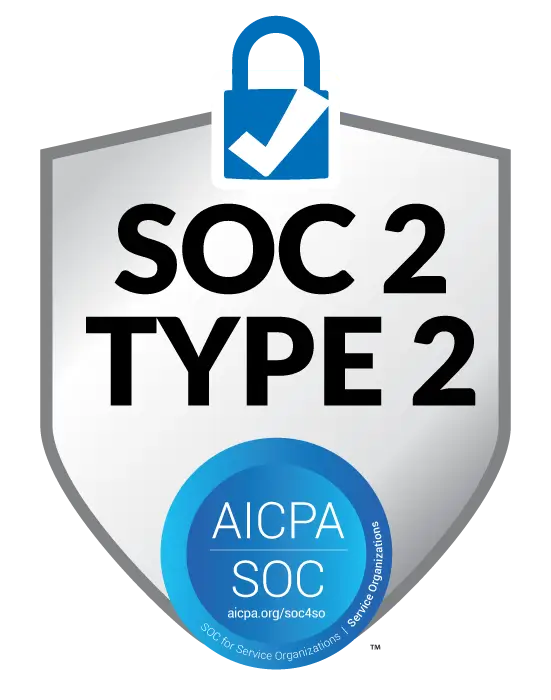
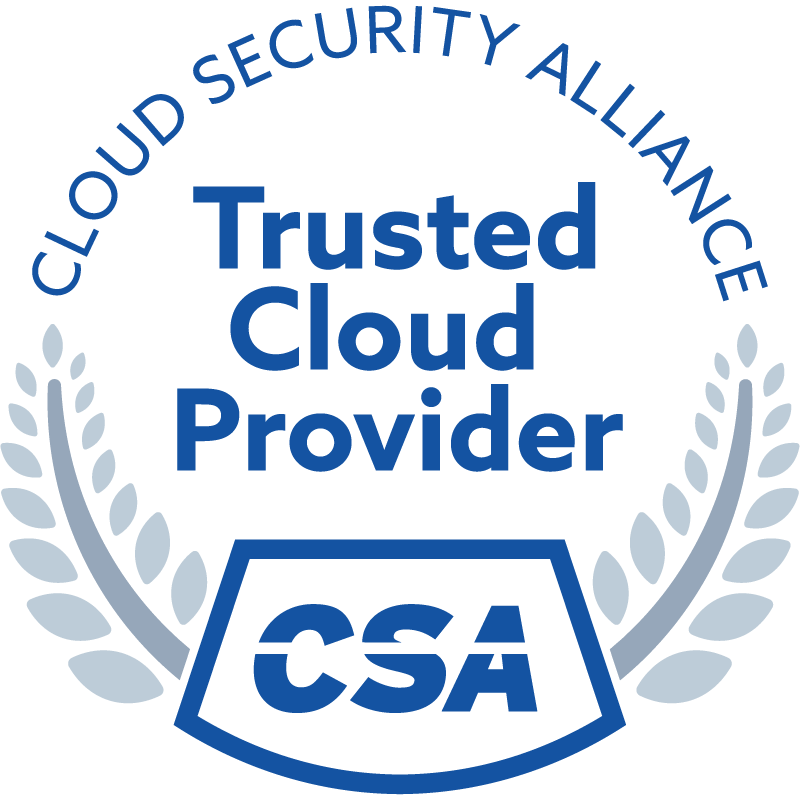
Simplify Complexity
Our experts understand the IT systems used by credit unions and know how to integrate disparate ecosystems.

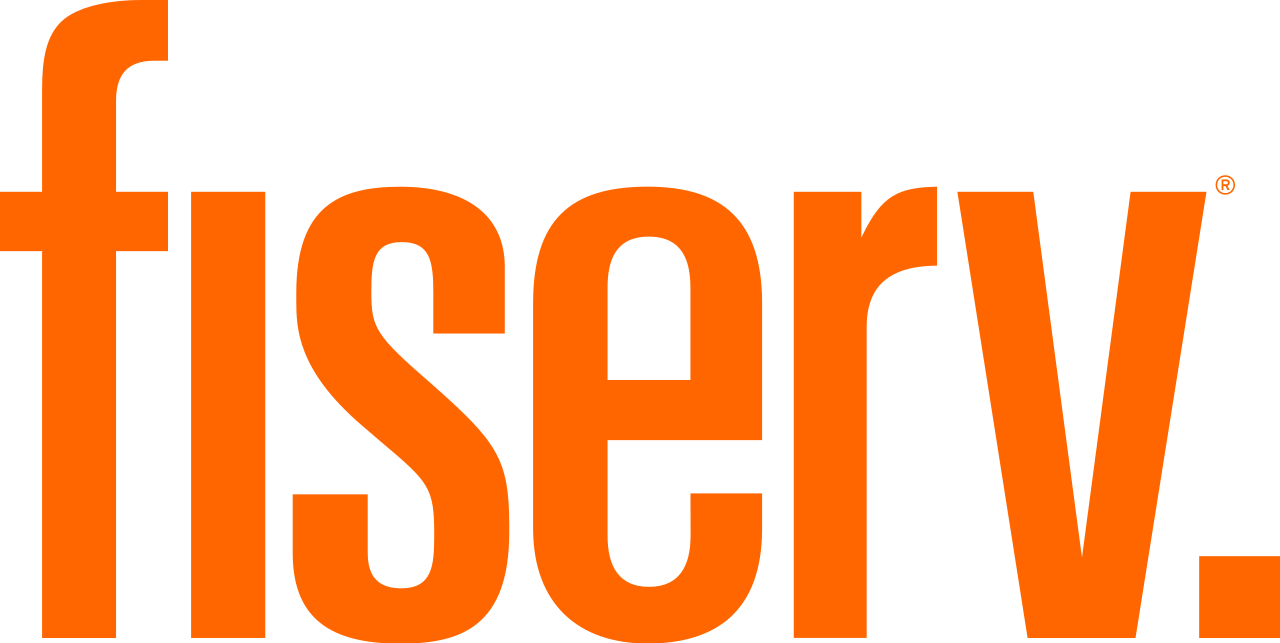
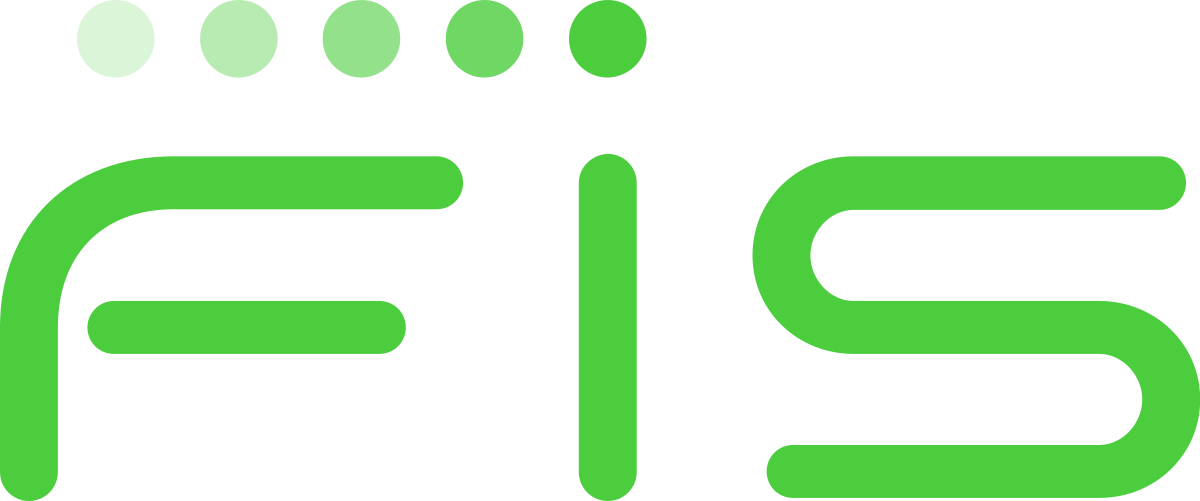
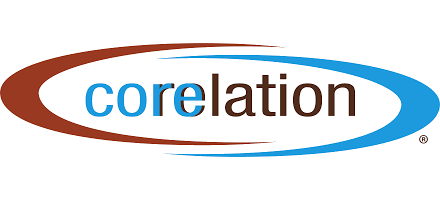
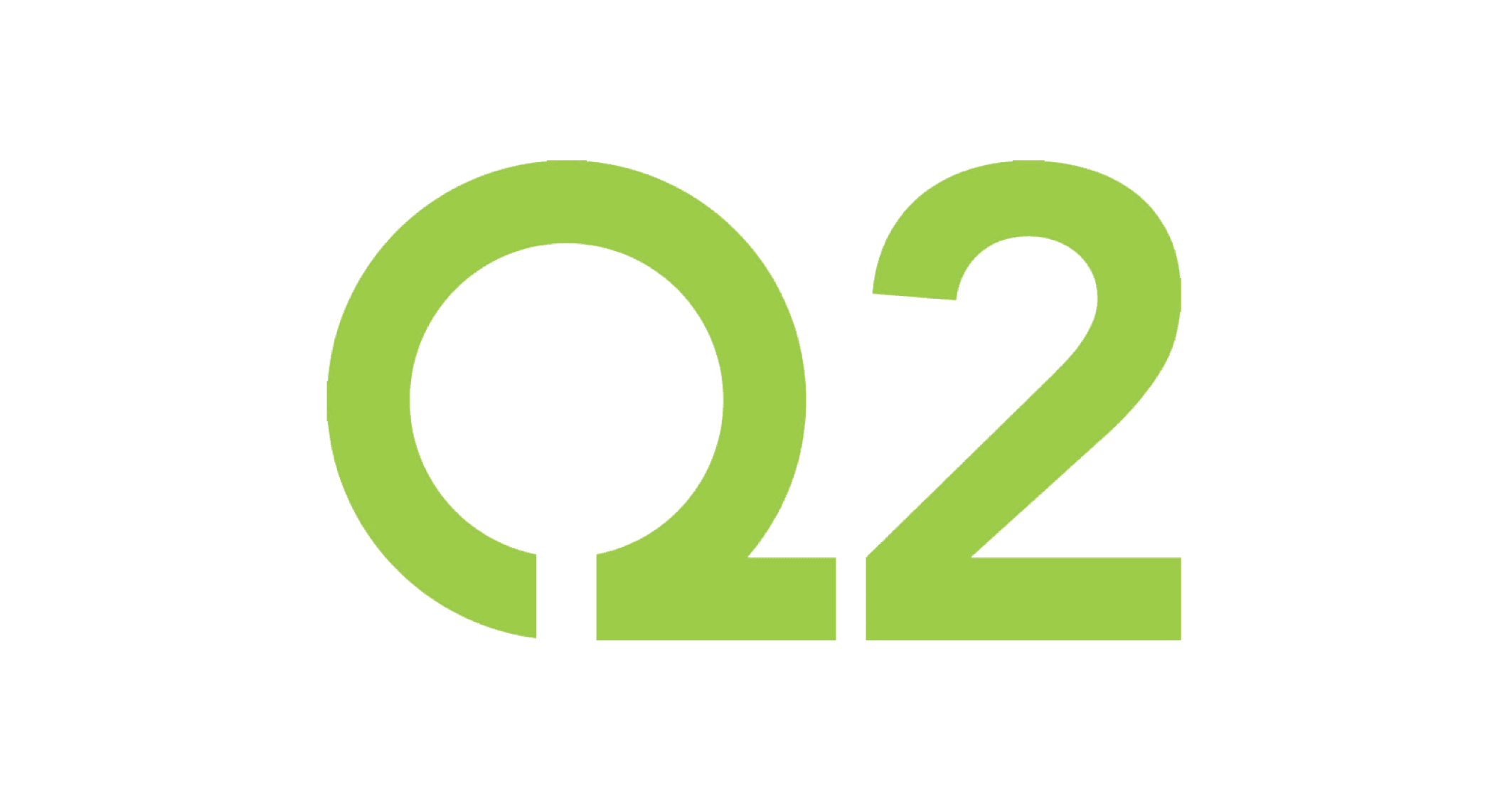
Hear from our clients
Evolve with Trellance
Learn more about how Trellance can help your credit union grow by setting up a meeting with one of our representatives today

Analytics
With Rise Analytics, your credit union can uncover actionable insights from the wealth of data you already have, enabling you to better understand your members and proactively provide them with products and services.



Data
The Credit Union Data Exchange (CUDX) gives your credit union access to a data pool of over 4 million credit union members, powering your analytics and generating powerful insights.



Community
The EDGE Tech Conference is an annual conference that brings credit union and tech industry professionals together to create the future of the credit union industry.



Talent
The experts at ProBridge are ready and waiting to help your credit union resolve problems and create new solutions through their Staff Augmentation and Professional Services solutions.


Cloud
Optiri can meet your credit union’s cloud and security needs through it’s virtual CISO, Disaster Recovery, Business Continuity and other key solutions.












